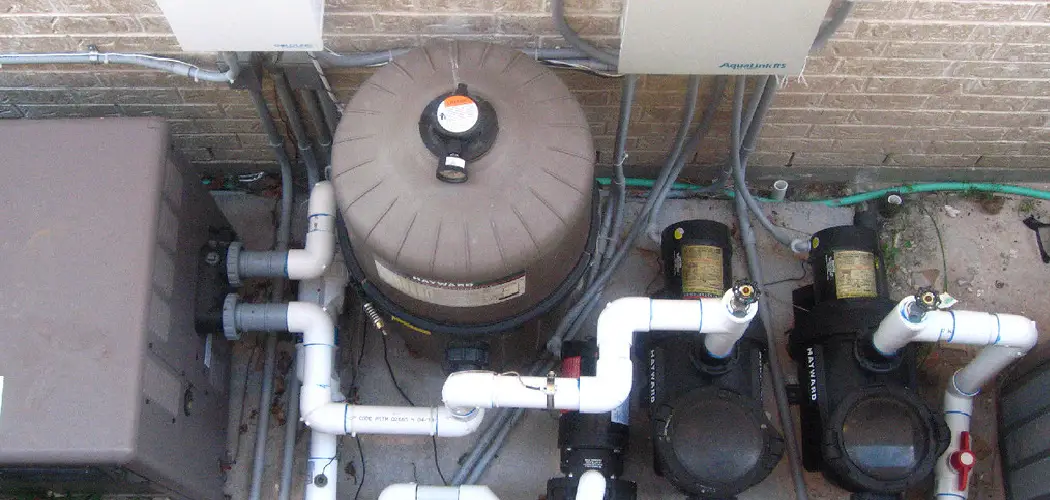Installing pool equipment is a crucial aspect of maintaining a clean and efficiently operating swimming pool. Whether you’re setting up a new pool or upgrading your existing one, proper installation of pool equipment is essential to ensure water clarity, filtration, and overall performance. From pumps and filters to heaters and chlorinators, the right installation techniques are vital for the longevity and functionality of your pool system.
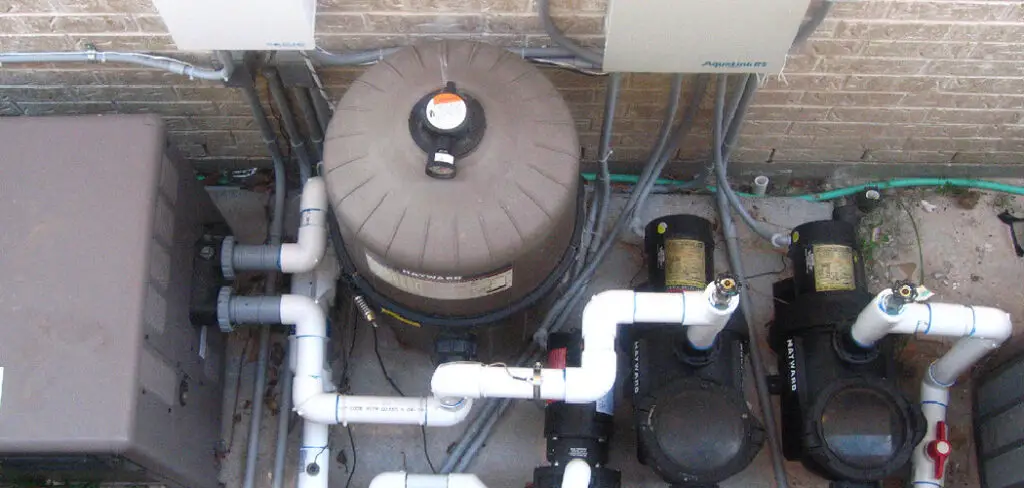
In this article, we will guide you through the step-by-step process of how to install pool equipment, offering valuable insights into equipment selection, placement, plumbing connections, electrical considerations, and safety precautions. Whether you’re a seasoned pool owner looking to replace or upgrade your equipment, or a new pool owner seeking to set up the essentials, this comprehensive guide will help you make the most of your investment and keep your pool in pristine condition throughout the swimming season.
The Importance of Proper Pool Equipment Installation
Whether you are a new pool owner or have had your pool for years, it is essential to ensure that your pool equipment is properly installed. This not only ensures the optimal functioning and longevity of your pool, but it also helps keep your family safe while enjoying this popular summer activity.
Proper installation of pool equipment involves following manufacturer instructions and, in some cases, seeking professional assistance. Each piece of pool equipment, from pumps and filters to heaters and lights, plays a crucial role in maintaining a clean and safe swimming environment. Therefore, it is essential to understand why proper installation is vital for each type of equipment.
Pool Pumps
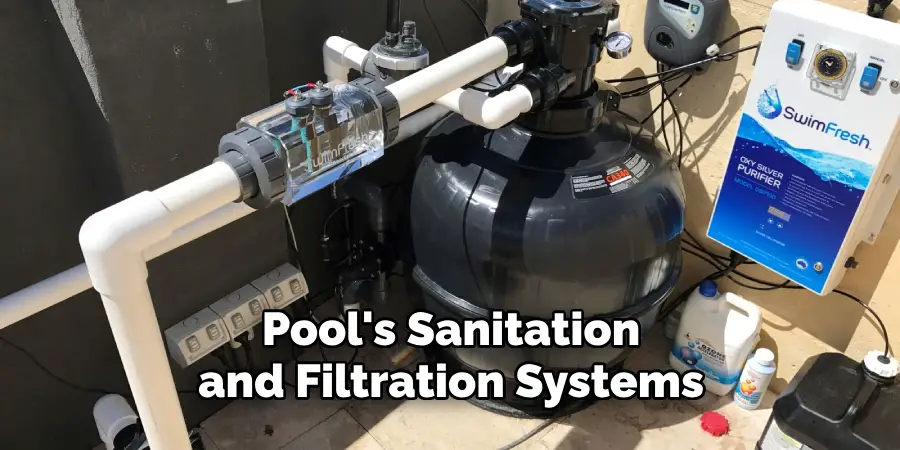
The heart of your pool’s circulation system, the pump is responsible for circulating water through the filter, heater, and other equipment. An incorrectly installed pump can lead to poor water circulation, which affects the effectiveness of your pool’s sanitation and filtration systems. Additionally, improper installation may cause the pump to work harder, resulting in increased energy consumption and potential breakdowns.
Pool Filters
Filters are responsible for removing debris and contaminants from your pool water. Proper installation is necessary to ensure that water flows through the filter correctly, preventing clogs and keeping your pool water clean. A poorly installed filter can also strain the pump and cause it to work harder, increasing energy costs.
Pool Heaters
For those who enjoy using their pool even during colder months, a heater is a necessary piece of equipment. Proper installation is vital to ensure that the heater functions efficiently and safely. An incorrectly installed heater can lead to gas or carbon monoxide leaks, posing a significant safety hazard.
Pool Lights
Installing pool lights is not just about enhancing the aesthetics of your pool; it also plays a crucial role in ensuring pool safety. Proper installation is necessary to prevent electrical hazards and ensure that lights are secured properly, avoiding potential accidents.
10 Methods How to Install Pool Equipment
1. Select the Right Pool Equipment
The first step in installing pool equipment is to select the right equipment for your needs. You should consider factors such as size, type of pool, and budget when making your selection. You may also want to consult with a professional or read reviews online to make sure you are choosing the best equipment for your needs.
2. Gather Necessary Tools
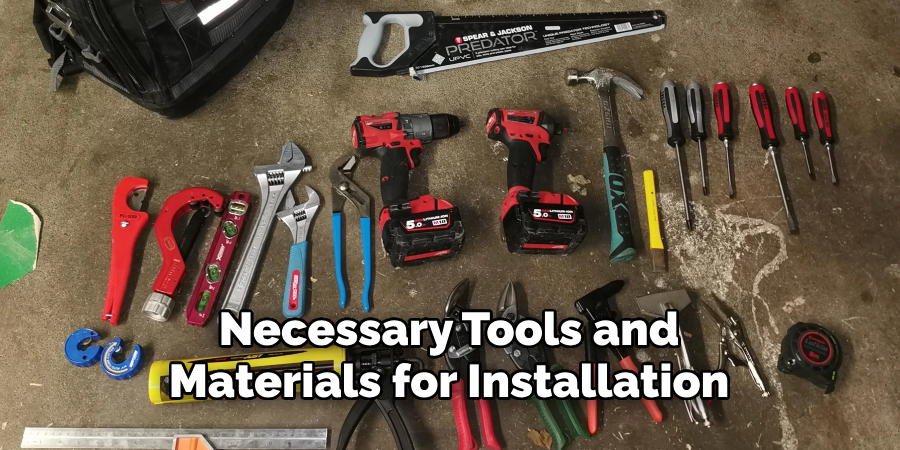
Once you have selected the right pool equipment, you will need to gather all of the necessary tools and materials for installation. This includes items such as wrenches, screwdrivers, pliers, PVC glue, and other items that may be required for specific pieces of equipment. Make sure that you have everything on hand before beginning the installation process.
3. Read Installation Instructions
Before attempting to install any piece of pool equipment, it is important to read through the installation instructions that come with it. This will ensure that you are following all safety precautions and that you are installing the equipment correctly. It is also important to make sure that all parts are securely fastened in place before proceeding with any further steps in the process.
4. Install Pool Pump
Installing a pool pump is one of the most important steps in setting up a pool system, as it ensures proper circulation throughout your swimming area. When installing a pump, make sure that it is properly secured in place and connected according to manufacturer specifications using PVC glue or other appropriate materials as needed. Additionally, make sure that all electrical connections are secure and properly grounded before turning on the power to the pump.
5. Install Filter System
Installing a filter system is essential for keeping your pool clean and free from debris and contaminants. When installing a filter system, make sure that it is appropriately sized for your swimming area and securely fastened into place using PVC glue or other appropriate materials as needed. Additionally, make sure that all electrical connections are secure and properly grounded before turning on power to the filter system components, such as pumps or motors, if applicable.
6. Install Heating System
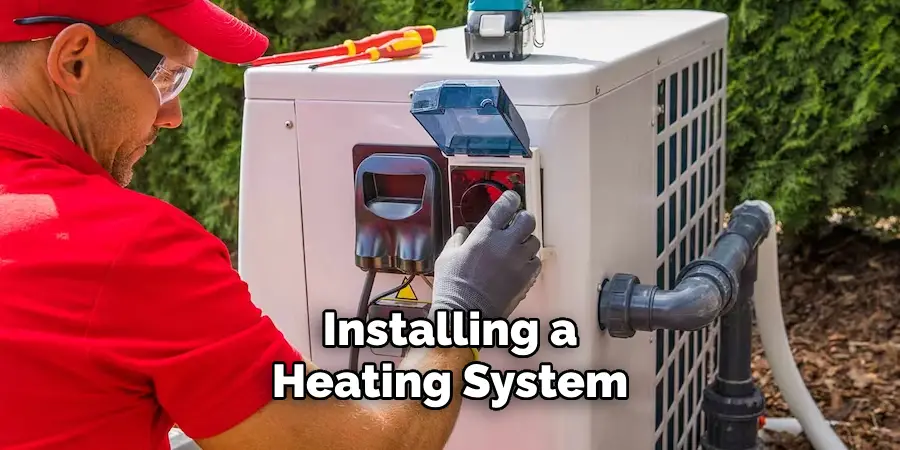
If you plan on heating your pool water, then installing a heating system is an important step in setting up your swimming area’s environment control systems. When installing a heating system, make sure that it is appropriately sized for your swimming area and securely fastened into place using PVC glue or other appropriate materials as needed. Additionally, make sure that all electrical connections are secure and properly grounded before turning on power to the heating system components, such as pumps or motors, if applicable.
7. Install Lighting System
Adding lighting around your swimming area can help create an inviting atmosphere while providing additional safety features during evening swims. When installing lighting, make sure it is securely fastened into place using PVC glue or other appropriate materials as needed. Additionally, make sure that all electrical connections are secure and properly grounded before turning on power to any lights installed around your swimming area.
8. Install Automatic Cleaning Systems
Automatic cleaning systems can be used to keep pools free from debris without having to manually clean them each day. When installing an automatic cleaning system, ensure it is appropriately sized for your swimming area and securely fastened into place using PVC glue or other appropriate materials as needed. Additionally, make sure that all electrical connections are secure and properly grounded before turning on power to any components, such as pumps or motors, if applicable.
9. Test Equipment Before Use
Before allowing anyone into your swimming area after the installation has been completed, test out each piece of equipment individually by running through its cycles one at a time while monitoring its performance closely. This will allow you to catch any potential problems before they become serious issues that could lead to injury due to improper use of malfunctioning equipment.
10. Perform Regular Maintenance Checks
After completing the installation of all necessary pieces of pool equipment, perform regular maintenance checks every few months (or more frequently, depending on usage ) in order to detect potential problems early so they can be corrected quickly without causing major damage down the line . During these maintenance checks, look over each piece of equipment, carefully inspect its performance levels, and ensure everything is functioning correctly per manufacturer specifications.
Things to Consider When Installing Pool Equipment
For many homeowners, installing pool equipment may seem like a daunting task. However, with the right knowledge and preparation, it can be a straightforward process that will ensure your pool is running smoothly and efficiently. In this guide, we will discuss some important factors to consider when installing pool equipment.
Analyze Your Pool’s Needs
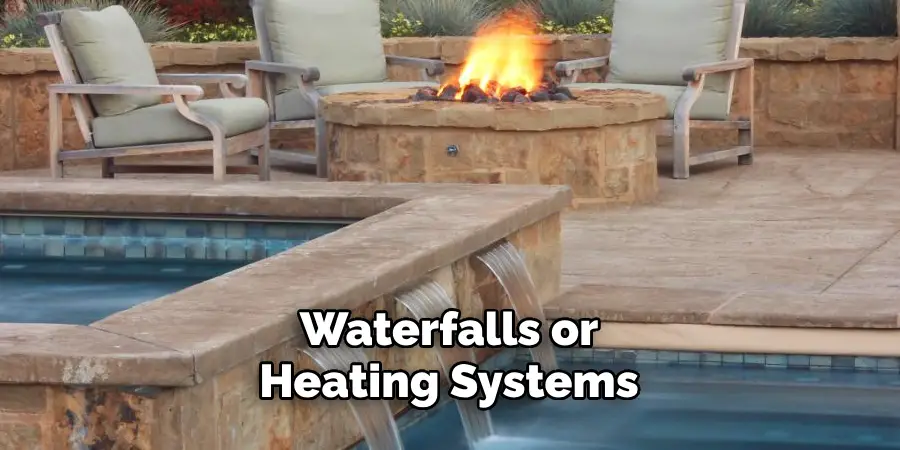
Before you start purchasing or installing any equipment, it’s crucial to analyze your pool’s specific needs. This includes the size and shape of your pool, type of filtration system, and any additional features such as waterfalls or heating systems. Understanding these requirements will help you determine the right equipment to purchase and ensure a proper installation.
Choose High-Quality Equipment
Investing in high-quality pool equipment is essential for the long-term maintenance and functionality of your pool. While it may be tempting to go for cheaper options, they often come with lower quality materials and a shorter lifespan. It’s worth spending a little more upfront to save money in the long run.
Consider Energy Efficiency
When selecting pool equipment, energy efficiency should also be taken into consideration. This not only benefits the environment but can also save you money on monthly utility bills. Look for equipment with energy-efficient features such as variable-speed pumps and LED lighting.
Conclusion
To sum it up, installing pool equipment is an achievable project for the average homeowner. With some patience, a little bit of research beforehand, some attention to detail and a healthy dose of common sense, you can become a DIY pool specialist in no time.
As always, if you ever have any questions or need additional help with the installation process, there are many knowledgeable professionals out there that you can call upon who are happy to help. So don’t be afraid to take on this task–it’s not as daunting as it may seem! By following our simple steps on how to install pool equipment properly and safely, even newbies or amateurs can complete this job with confidence and ease.
You Can Check It Out to Remove Air From Intex Pool Pump
About
Outdoor Fixes is a distinguished figure in the world of Diy design, with a decade of expertise creating innovative and sustainable Diy solutions.
His professional focus lies in merging traditional craftsmanship with modern manufacturing techniques,
fostering designs that are both practical and environmentally conscious. As the author of diy,
outdoorfixes delves into the art and science of outdoorfixes-making, inspiring artisans and industry professionals alike.
Education RMIT University
(Melbourne, Australia) Associate Degree in Design (Outdoor Fixes) Focus on sustainable design, industry-driven projects,
and practical craftsmanship. Gained hands-on experience with traditional and digital manufacturing tools, such as CAD and CNC software.
Nottingham Trent University
(United Kingdom) Bachelor’s in outdoorfixes.com and Product Design (Honors) Specialized in product design with a focus on blending creativity with production
techniques. Participated in industry projects, working with companies like John Lewis and Vitsoe to gain real-world insights.
Publications and Impact
In diy, Outdoor Fixes his insights on indoor design processes, materials, and strategies for efficient production.
His writing bridges the gap between artisan knowledge and modern industry needs, making it a must-read for both budding designers and seasoned professionals.

